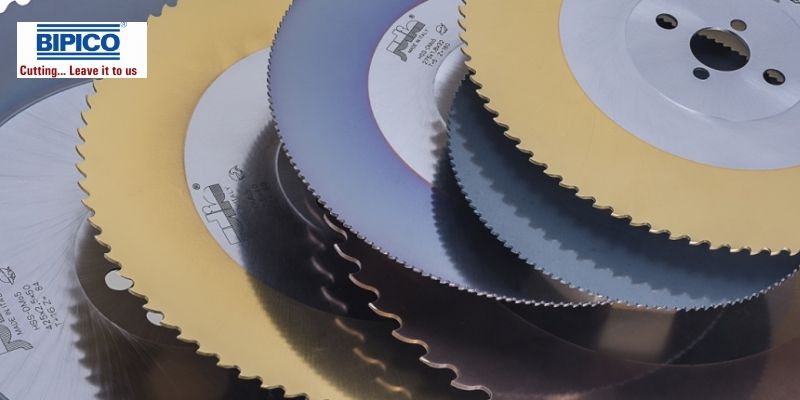Which Type Of Band Saw Blade Should I Use?
Being a part of the metal cutting and manufacturing units, you might be aware that bandsaw blades are considered the best and most effective. The versatile nature of bandsaw blades helps in achieving great results— precise and accurate. Moreover, the bandsaw blades can handle high speed to get the desired results. You can get bandsaw blades in different forms based on the thickness of the blade, length, TPI, and width. The length of the bandsaw blade is dependent on the type of machine you will be using, and the width is determined by the size of the machine wheels. When you consider the important factors, it will become easy to choose the bandsaw blade for the specific jobs.
If you find it difficult to decide the type of bandsaw blade to use, don't worry. Here we have listed some of the essential factors that will help you select the bandsaw blade.
#1 The Length Of The Blade
When you are confused as to what type of band saw blade you should pick, length is the very first consideration. The length of the blade should be appropriate to fit in the machines. Besides, the type of material and object you will cut with the blade will be the deciding factor.
#2 The Width Of The Blade
The second thing that you should consider is the width of the blade. Whenever you are confused, it is better to select the bandsaw blade that has the highest width. When the width is good, it makes the blade stronger. It is easier to withstand high pressure and speed while working on hard materials. When using the blade in the machine, know about the minimum and maximum width that is acceptable by the machine.
Here is a list of the minimum radius the bandsaw width can take up.
Blade width Minimum radius
- 13 mm (1/2″) 63 mm (2 1/2″)
- 10 mm (3/8″) 27 mm (1 1/16″)
- 6 mm (1/4″) 19 mm (3/4″)
- 5 mm (3/16″) 13 mm (1/2″)
- 3 mm (1/8″) 10 mm (3/8″)
#3 Tooth Form & Pitch
Now that you have understood all the factors, you can know the types of bandsaw blades available in the market, and you can use them as per your requirement.
#1 Consider The Bi-Metal Band Saw Blades
The bi-metal band saw blades are one of the most common types of band saw blades, and almost 80 to 90 percent of manufacturing units are using them. You can use a bi-metal band saw blade for cutting various materials such as stainless steel die steel, carbon steel, flat stock, and mixed metal.
#2 Consider Carbon Steel Saw Blades
#3 You Can Also Choose Carbide Saw Blades
If you do not want to use carbon steel blades or bi-metal blades, then you can use the carbide band saw blades for achieving the best results. This blade is quite useful when you have to cut through the metals, and other blades won’t work. The carbide blade is strong enough to withstand toughness, wear-tear, excessive heat, and speed pressure. This blade is applicable for handling hardened steel objects, different alloys, graphite, and nickel.
Summary:
When you are going through all such considerations, it will be easier for you to pick the right band saw blade. The key point is to purchase your blades from a reputed manufacturer. Bipico is the leading name in manufacturing blades for all industrial cutting needs. Reach out to our experts for any blade related-query or guidance.






Comments
Post a Comment